Summary
- Utilize bonus actions for extra benefits in combat, such as offhand attacks and spells.
- Weapons like double-bladed scimitar and polearms offer unique bonus action attacks.
- Different classes have specific bonus actions that enhance their abilities and impact gameplay.
While playing Dungeons & Dragons, there are a lot of things to keep track of, even if you aren’t the DM. Points, skills, details, there’s definitely a lot to manage. This is doubly so when it comes to combat. Action economy is a big thing when it comes to you and your party doing the most they can in a fight. It can mean the difference between successfully continuing your journey or making a whole new character.
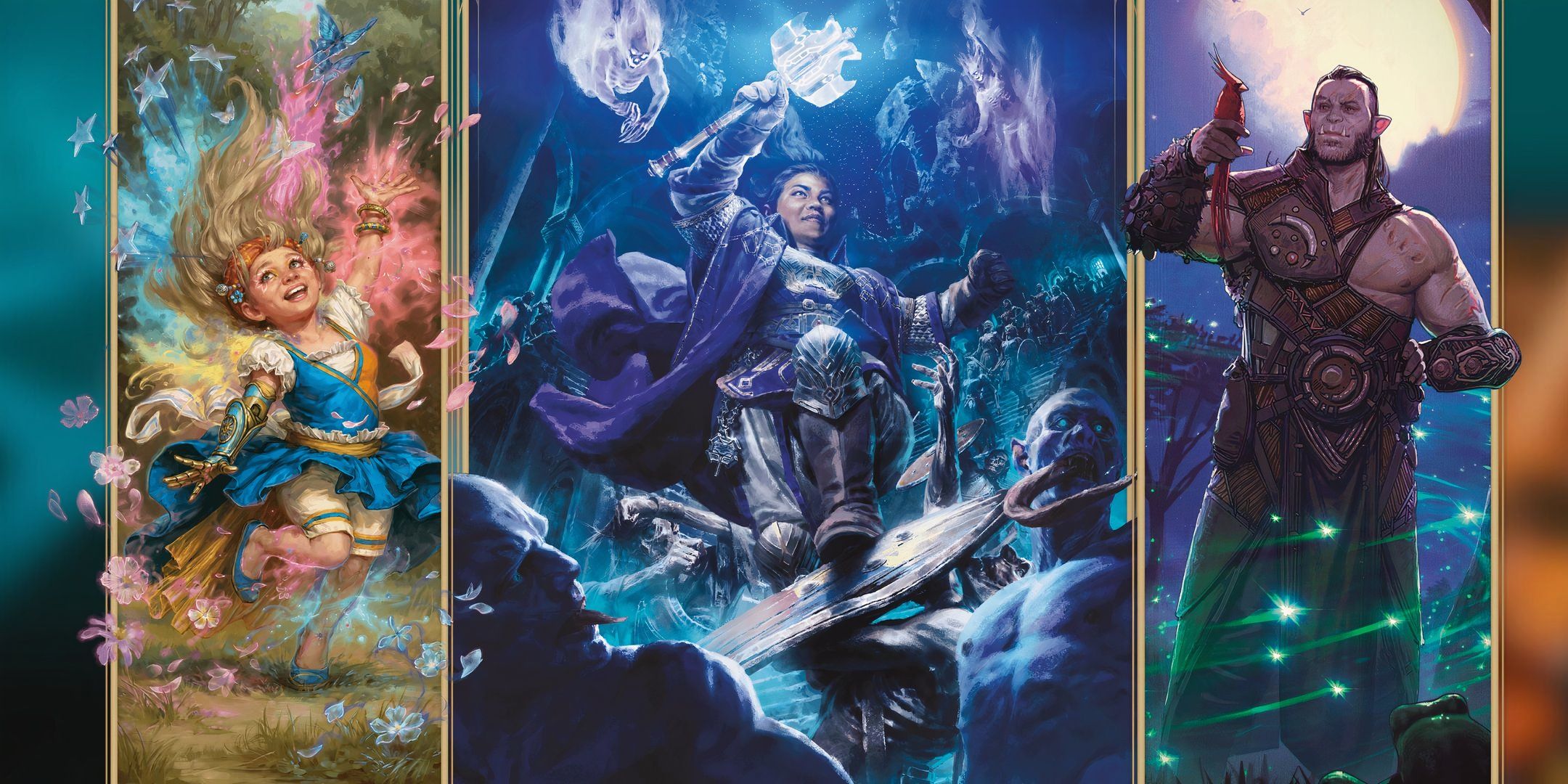
Related
D&D: Best Classes For Beginning Players, Ranked
Thanks to countless new media dedicated to Dungeons & Dragons, new players are joining in daily. Here are the best beginning classes.
While actions are the main focus of combat, the often overlooked bonus action can be a lot of help when it comes to helping your party the most during your turn. There are many bonus action options, including some feats, classes, and weapons that allow you some special ones. But which gives you the most bang for your buck?
Updated on December 30, 2024, by Zackary Wiggs: Dungeons & Dragons has been updated through the 2024 edition. An optional choice, but one that brings some ease-of-use streamlining to creating a game, some new rules, and even more great fantasy lore to dive into. Whether you’re jumping right in to 2024’s new version, or even if you still use 3.5, there are some tips for making the most of your character in combat, which often starts with the underappreciated bonus action.
9
Make An Offhand Attack
Two Weapons Are Better Than One
Dual wielding can be a great way to do a lot of damage to your enemies per turn. Variate the kind of damage you’re doing by wielding two weapons with different damage types.
Depending on how your DM applies the rules, you don’t necessarily have to have two weapons to do an offhand strike. Punch with your fist, rake with your claws, or stab with your dagger. All of which are valid options for adding one last bit of damage before the end of your turn. Any character can do so really, although it won’t hit as hard as the attack with your main hand.
8
Shove
Make Some Space
The Shield Master feat doesn’t just make you a better defender; it also has the extra perk of allowing you to shove with your shield as a bonus action.
Normally, shoves are an attack you can use only as an action. But Shield Master overrides that, allowing you to use your shield to get extra space and catch your enemies flatfooted. A good shove with your shield is a good way to break away from your enemy after attacking them.
This is great to get in a lot of damage and then move your opponent out of attack range for their turn. Combine this with flanking and other party members, and they’ll trigger opportunity attacks to get back in range with you.
7
Great Weapon Attack
Now That’s A Knife
The Great Weapon Master feat sees you swinging a heavy weapon like it’s nothing. Dominating the battlefield when you hit hard, you can follow up with more attacks.
After a critical hit with an attack action, or if your attack kills an enemy, you can use your bonus action to follow up with another attack. It’s not only a great feeling to devastate an enemy with a powerful attack, but to compounding that success with another potential hit makes you feel like an absolute wrecking ball.
6
Use Your Crossbow
Faster Reloads
Using a crossbow can be a bit unwieldy. Thankfully, the Crossbow Expert feat removes the minimum range requirement and the loading quality. It also allows you to take a crossbow shot as a bonus action. There are caveats, though. It can only be with a crossbow that can be wielded with one hand, and the follow-up shot happens after you attack with your main-handed weapon. This could be a great use of bonus action thanks to the follow-up damage.
Use it when the enemy has just a little bit of health left, and you don’t want to use an entire action to finish them off, or when you need to hit an enemy from afar while dealing with someone up close at the same time.
5
Grapple
Get In Close
Since so many adventures begin in a tavern, Tavern Brawler seems like a good choice of feat, especially if you like to grapple your opponents.
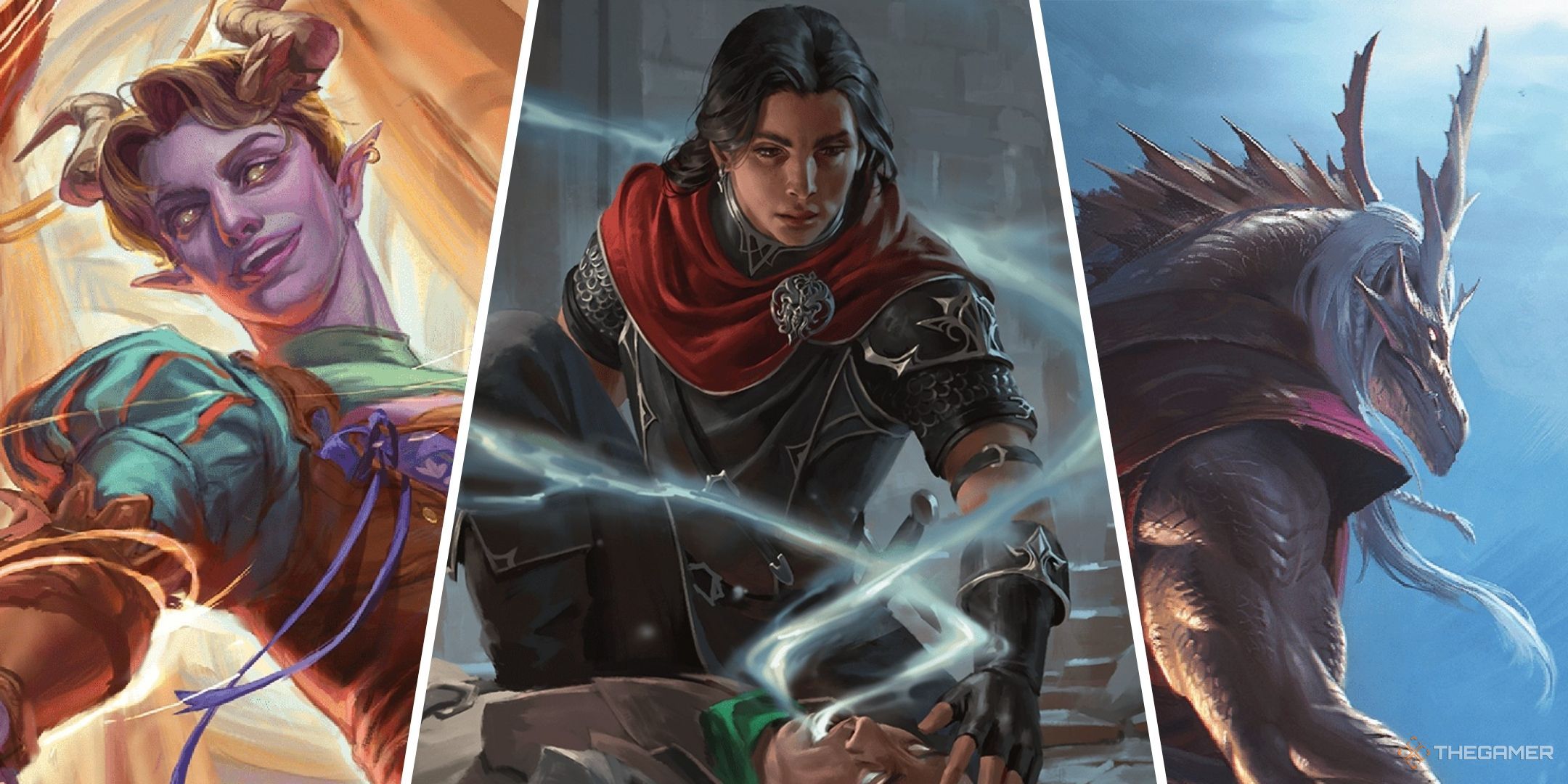
Related
Dungeons & Dragons: 7 Best New Magic Items In The 2024 Dungeon Master’s Guide
You’ll want to make use of these new items.
Usually, grappling is a full action to try and do. Tavern Brawler makes you a champion of impromptu combat, allowing you to try and grapple your enemies after an attack action. It is a strength roll to see if you are successful, but the enemy will come under the grappled status upon success.
Your team should capitalize on you grappling an opponent, either by laying on damage or moving past them to focus on higher priority targets.
4
Get A Double-Bladed Scimitar
A Rare Weapon
A weapon so deadly that some DMs have banned them from their games entirely. The double-bladed scimitar is a weapon beloved by the elves of Valenar, and for good reason.
Resembling a curved sword mixed with a polearm, this scimitar has a special ability that allows you to attack with one blade of the sword as an action and then the other side with a bonus action. The main attack does 2d4 slashing damage, and the bonus attack does 1d4, which is still pretty solid. It does cost a good chunk of gold, but it is well worth the money when you learn how to use it effectively.
3
Hit Them With Your Polearm
Sweep The Leg
For those that like using two-handed polearms, the Polearm Master feat allows you a special bonus action attack that is great for crowd control and some extra damage. Like with many other weapon-specific feats, after an action is used to attack, your bonus action can lash out with the butt of the same weapon.
When combined with the extra reach you get with your polearm, you can effectively blockade any incoming enemies in a wide radius, stopping many enemies in their tracks before they get to the rest of your party.
2
Cast A Spell
They’re Not Just For Actions
While most spells require an action to cast, quite a few only cost a bonus action. These spells should not be overlooked, as they often have very powerful effects.
There are bonus action spells for all occasions. For movement: Misty Step; for protection: Shield Of Faith; for healing: Healing Word; for buffs: spells like Swift Quiver. There are plenty of attack spells like Dragon’s Breath as well.
Granted, you can’t use a bonus action spell after casting during your action, but it is a great use of action economy to follow up a melee attack with a spell.
1
Use A Class Specific Bonus Action
Have Some Class
Most classes have a bonus action they get at a low level that allows them some added benefit for action economy that ties back to their overall class features.
|
Class |
Bonus Action |
Effect |
|---|---|---|
|
Barbarian |
Rage |
Gain advantage on attacks and STR saves, resistance to physical damage, and gain bonus damage to attacks. |
|
Fighter |
Second Wind |
Gain another action and bonus action to use on a single turn. |
|
Rogue |
Cunning Action |
Use the Dash, Hide, or Disengage action as a bonus action. |
|
Monk |
Ki Abilities |
Various abilities fueled by Ki points. |
|
Bard |
Bardic Inspiration |
Inspire another character, giving them a bonus die to roll during various actions. |
|
Druid |
WIld Shape |
Take on the form of a creature or animal known to them, gaining their abilities. |
|
Paladin |
Lay On Hands / Smite |
Heal a character from a pool of reserve HP / Roll extra attack damage by imbuing your weapon with your faith. |
Whatever class you choose, look at what levels you get your class-specific bonus actions and how they will affect your playstyle from there on out. Most often than not, they are a big part of the class’ overall features and can be built upon as you level up from there.
As of D&D 2024, Lay On Hands is a bonus action instead of an action for Paladins.
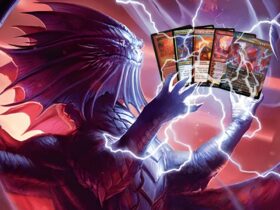
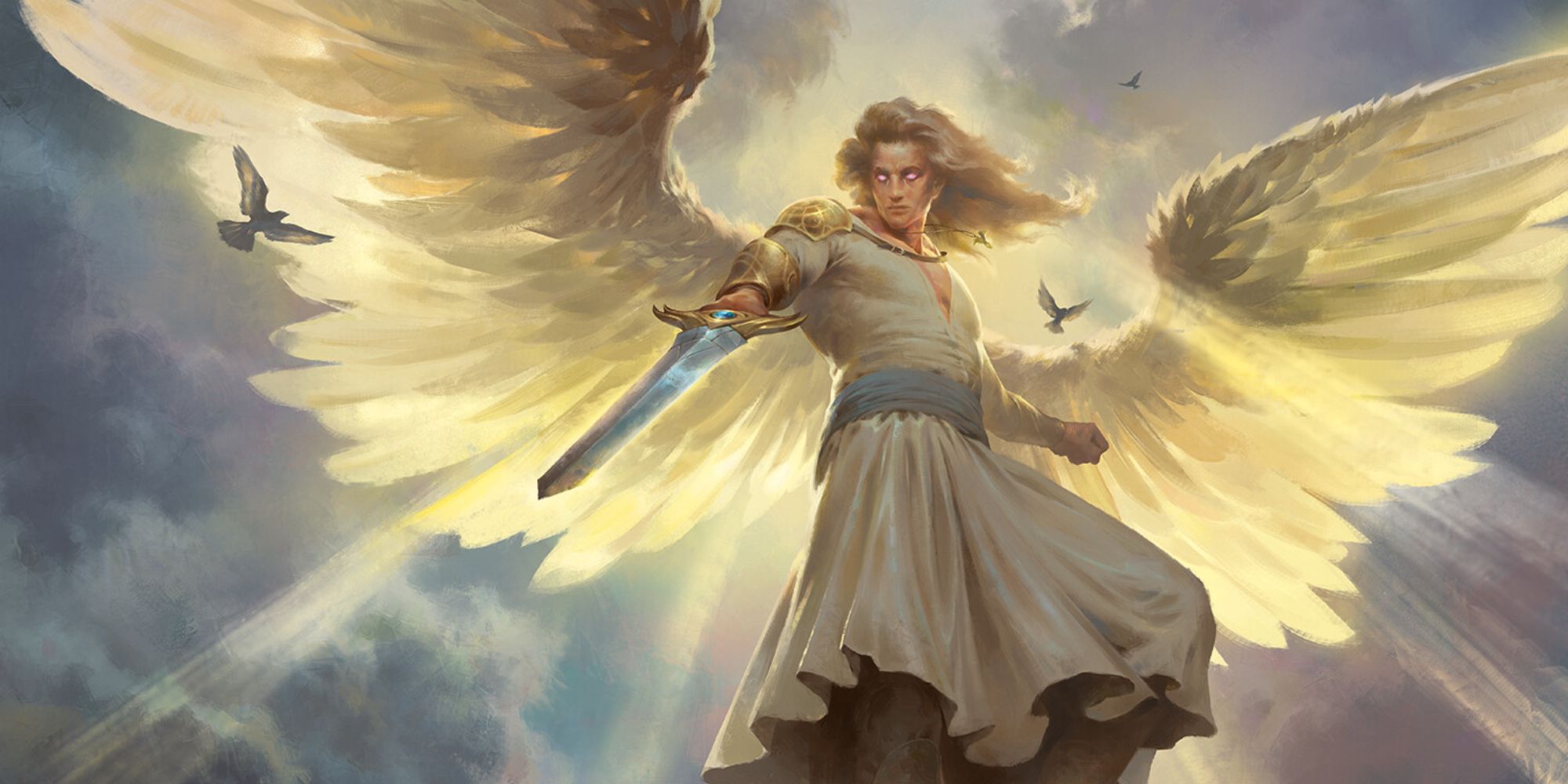
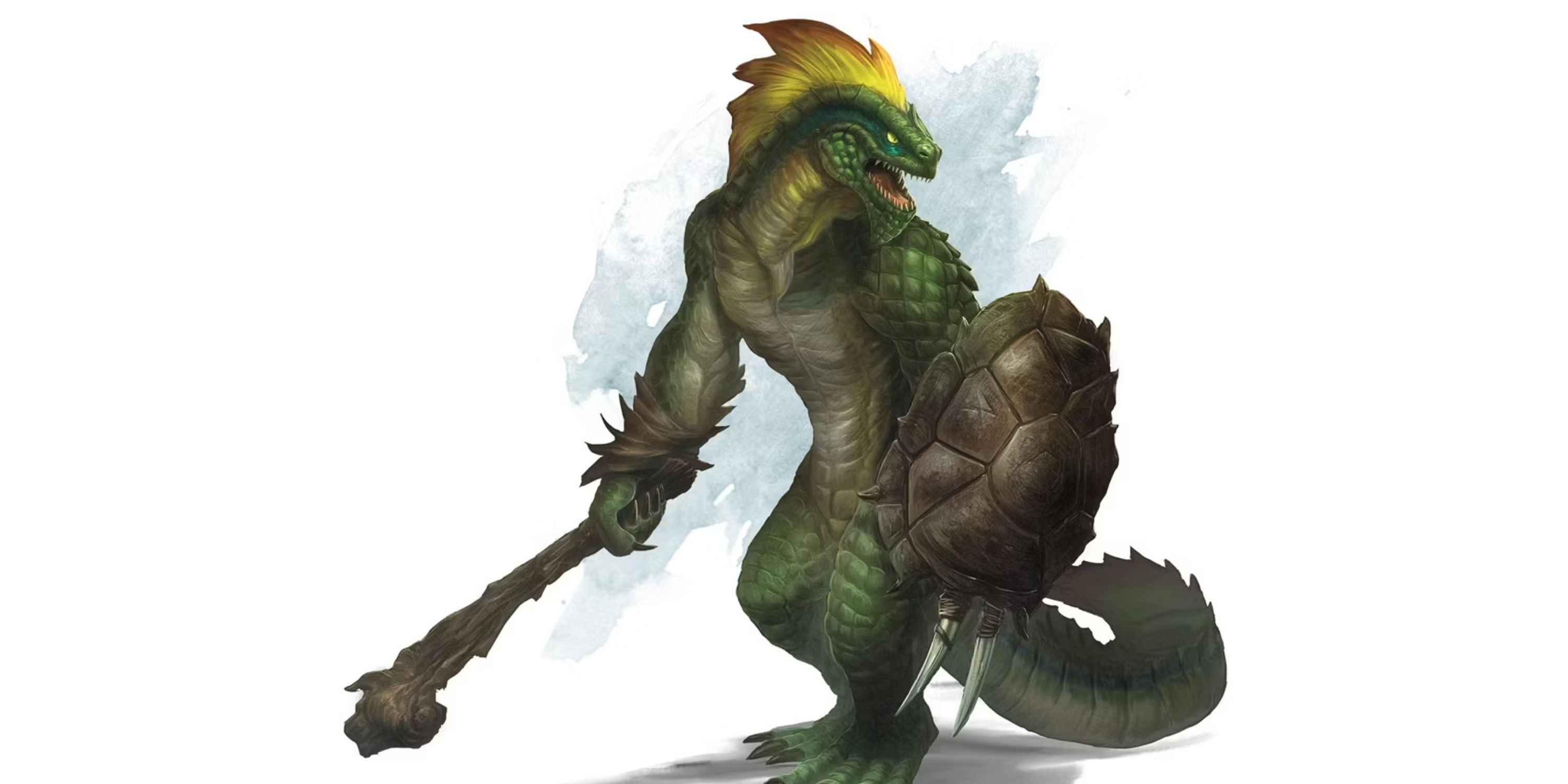
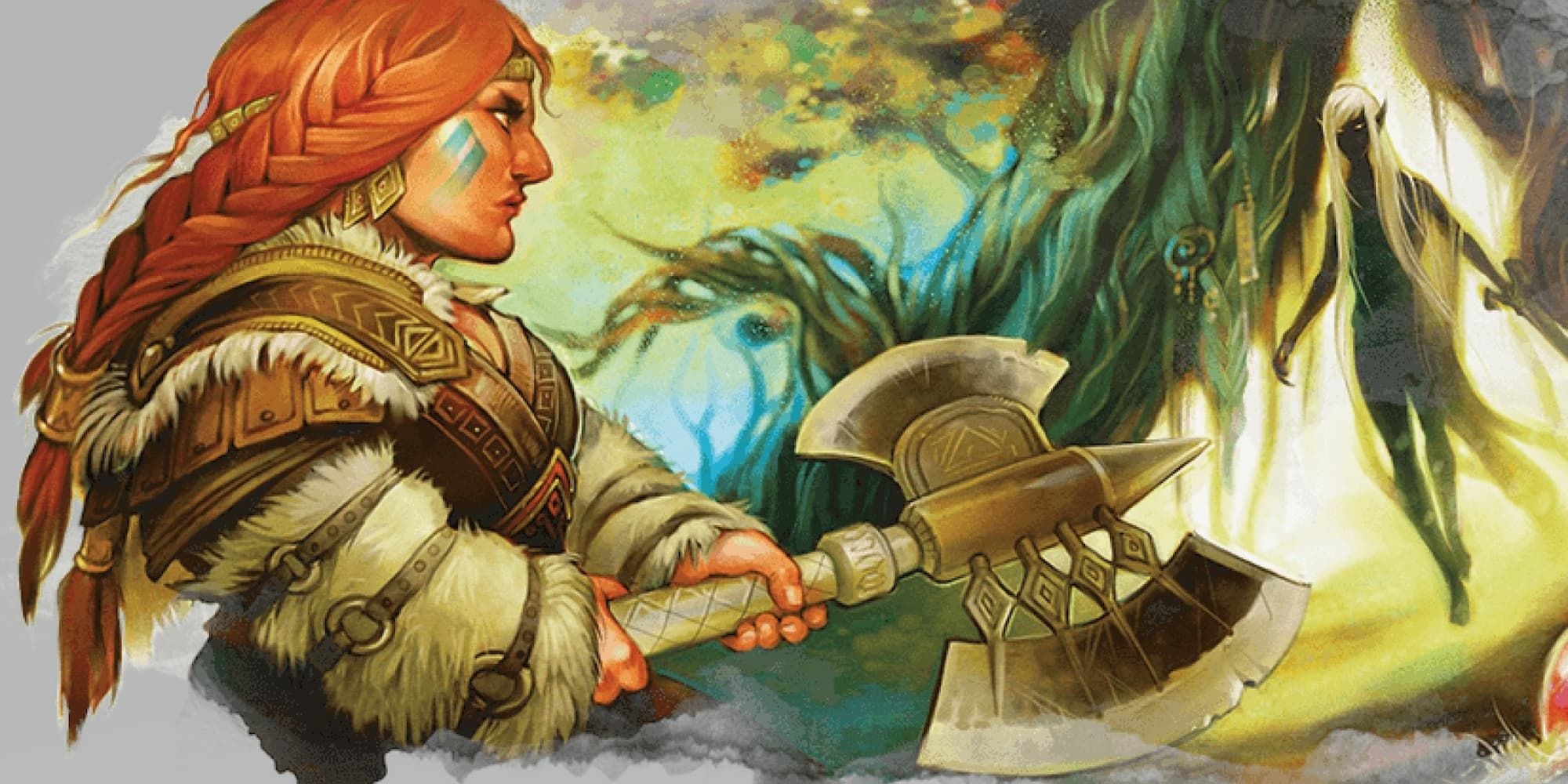
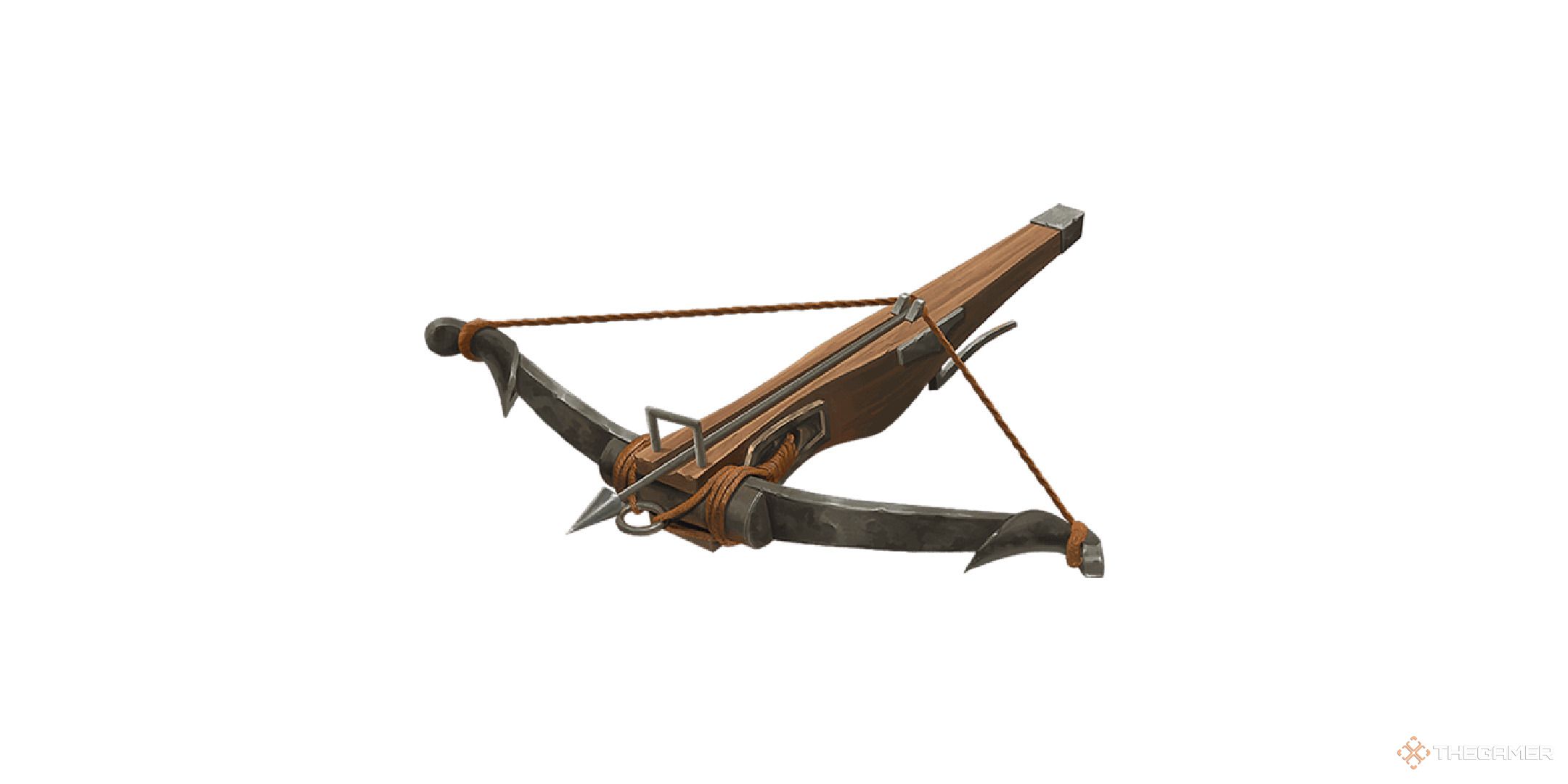
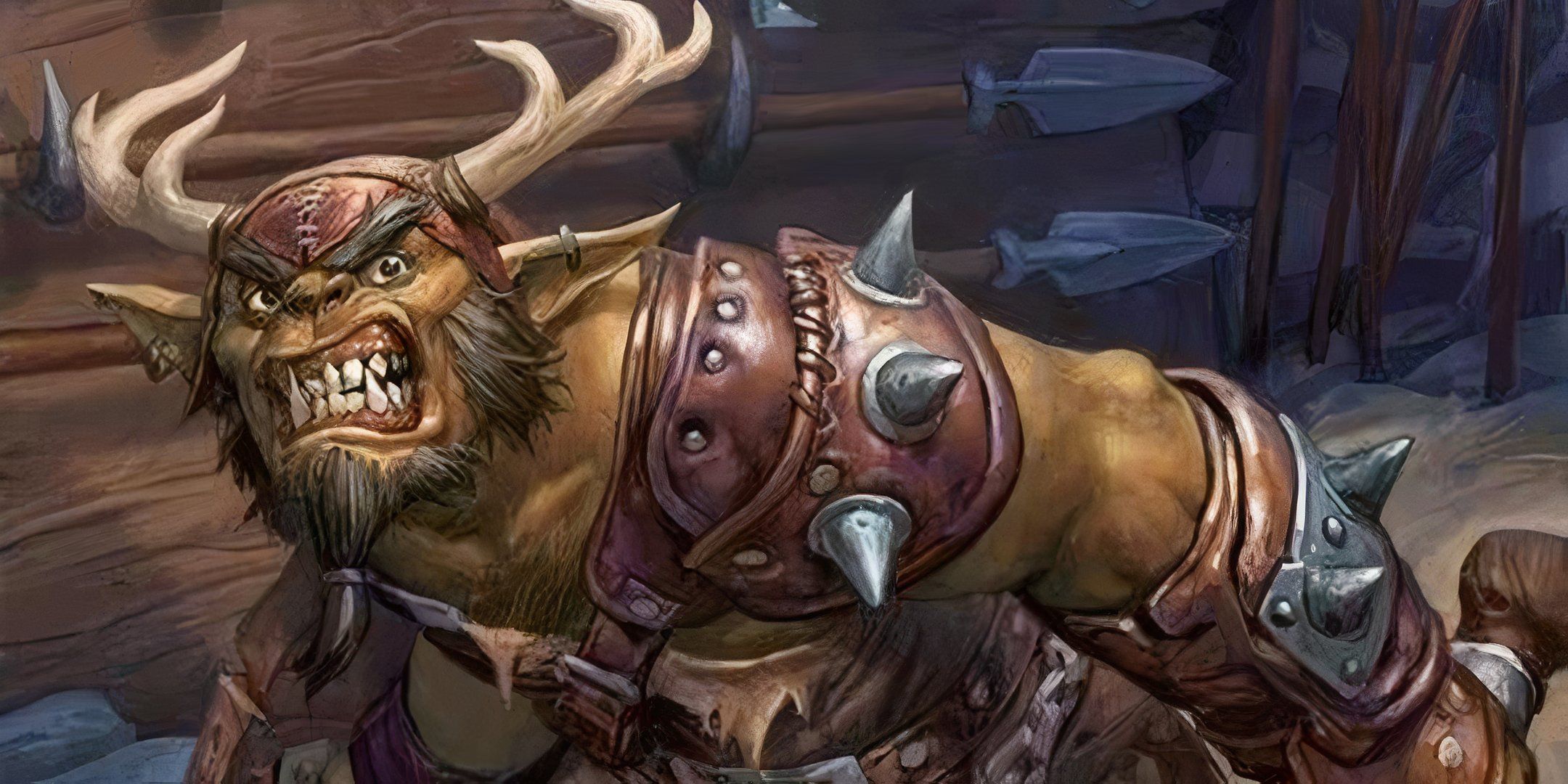

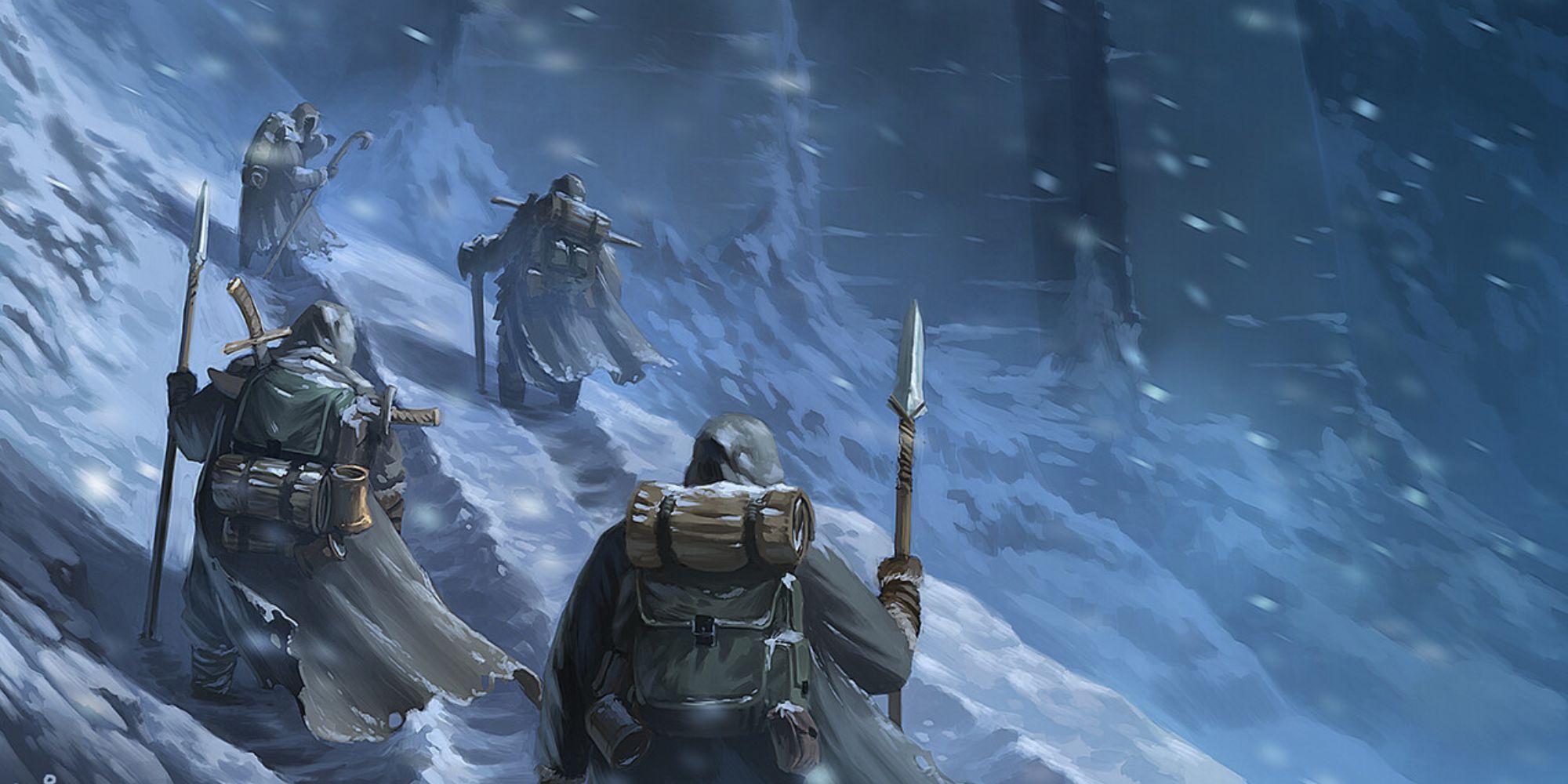
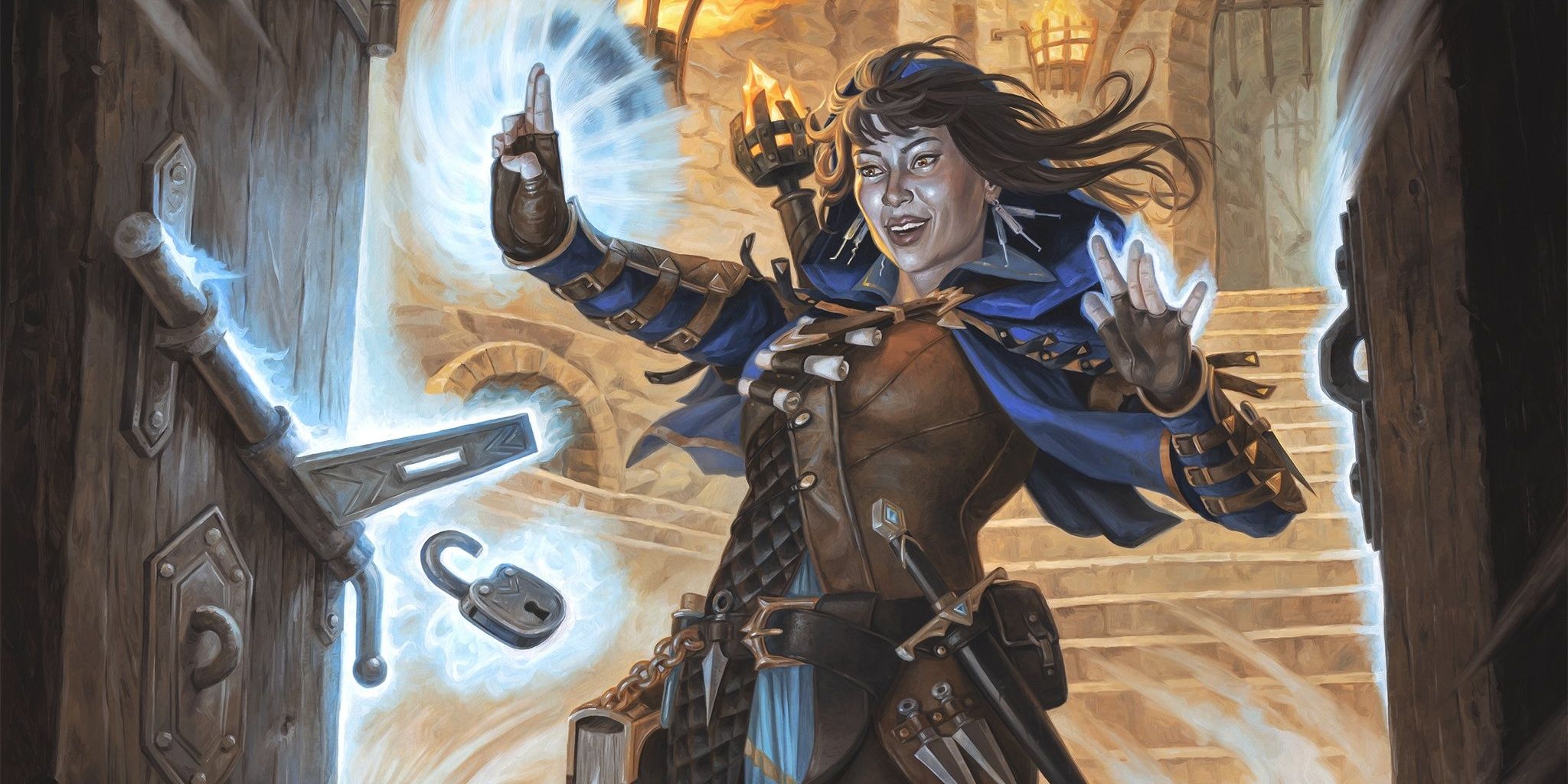
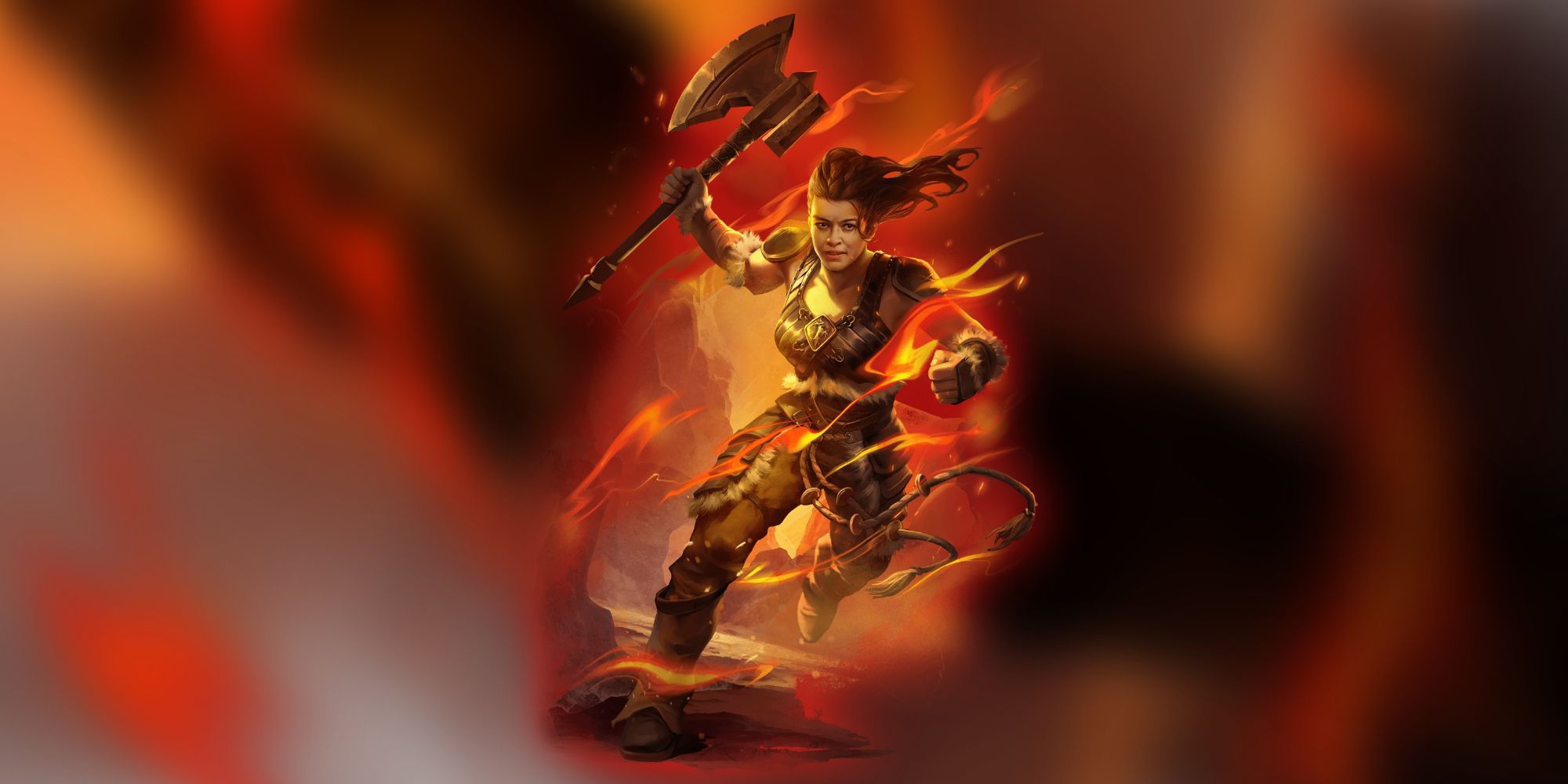
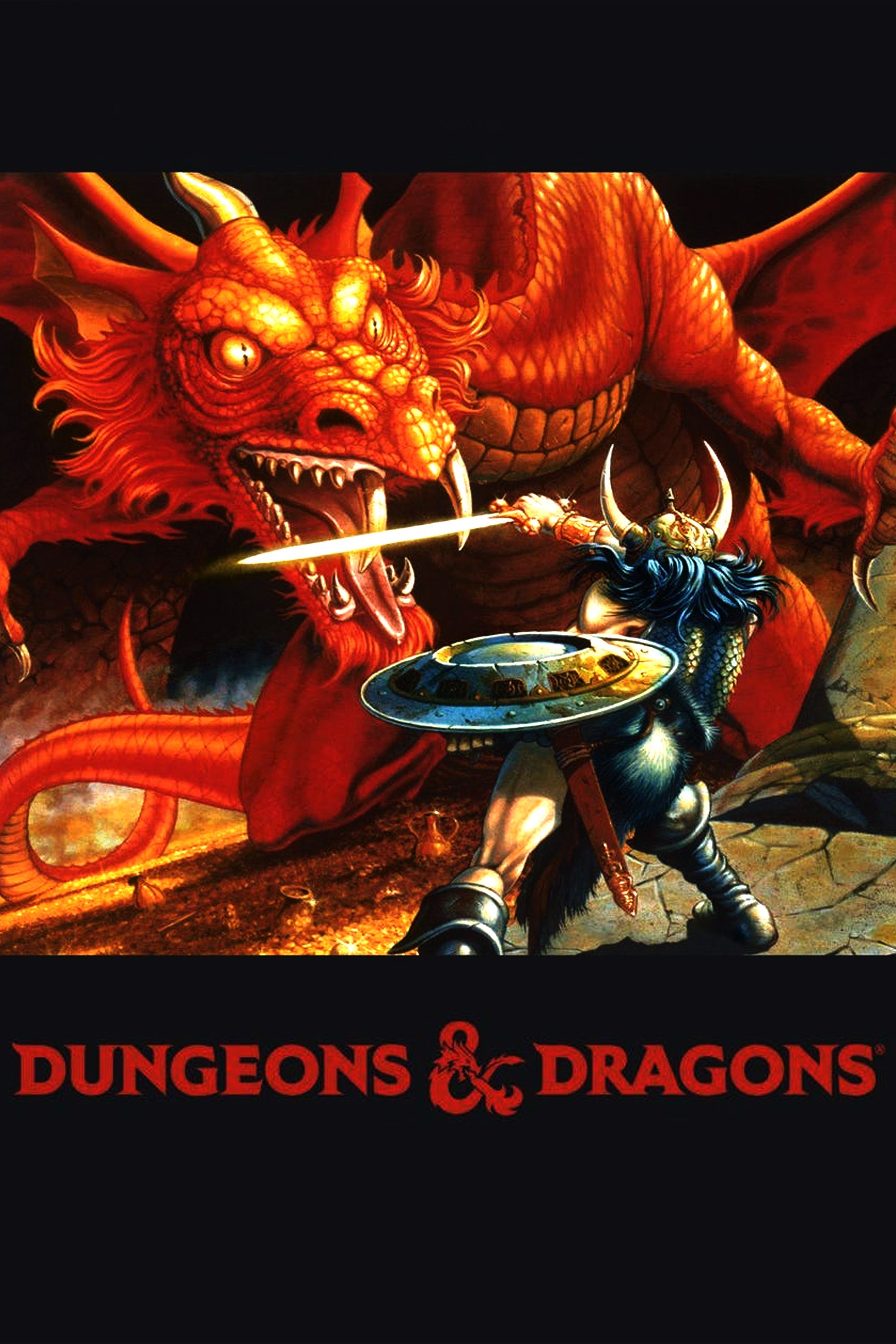








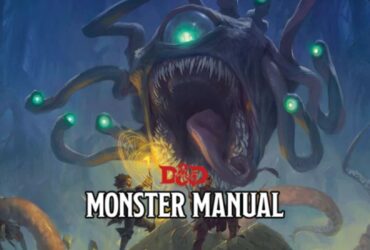
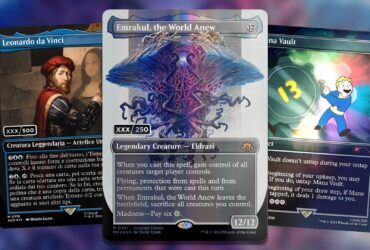
Leave a Reply